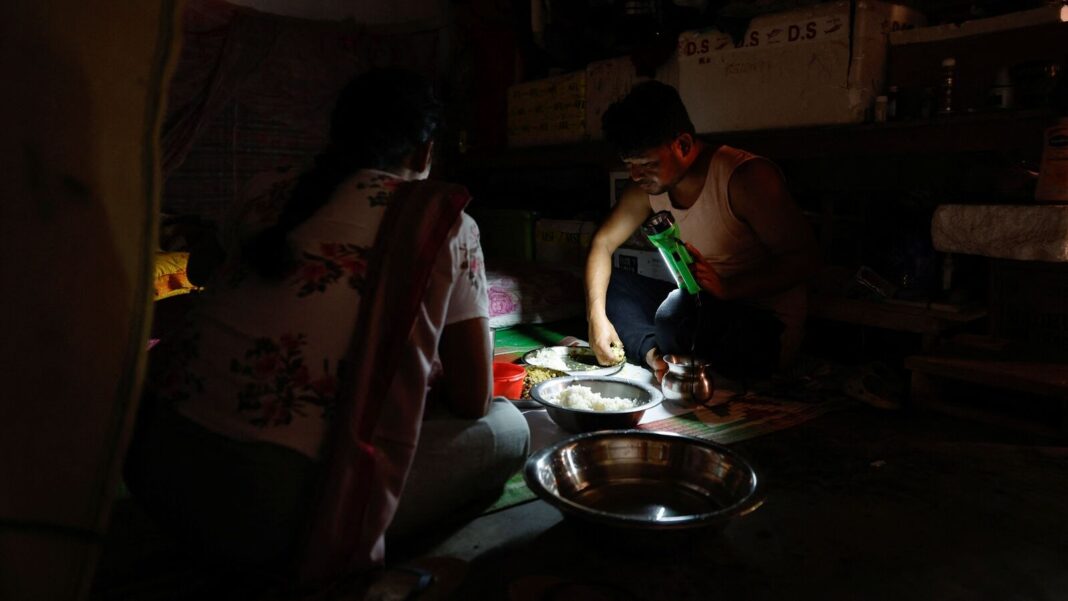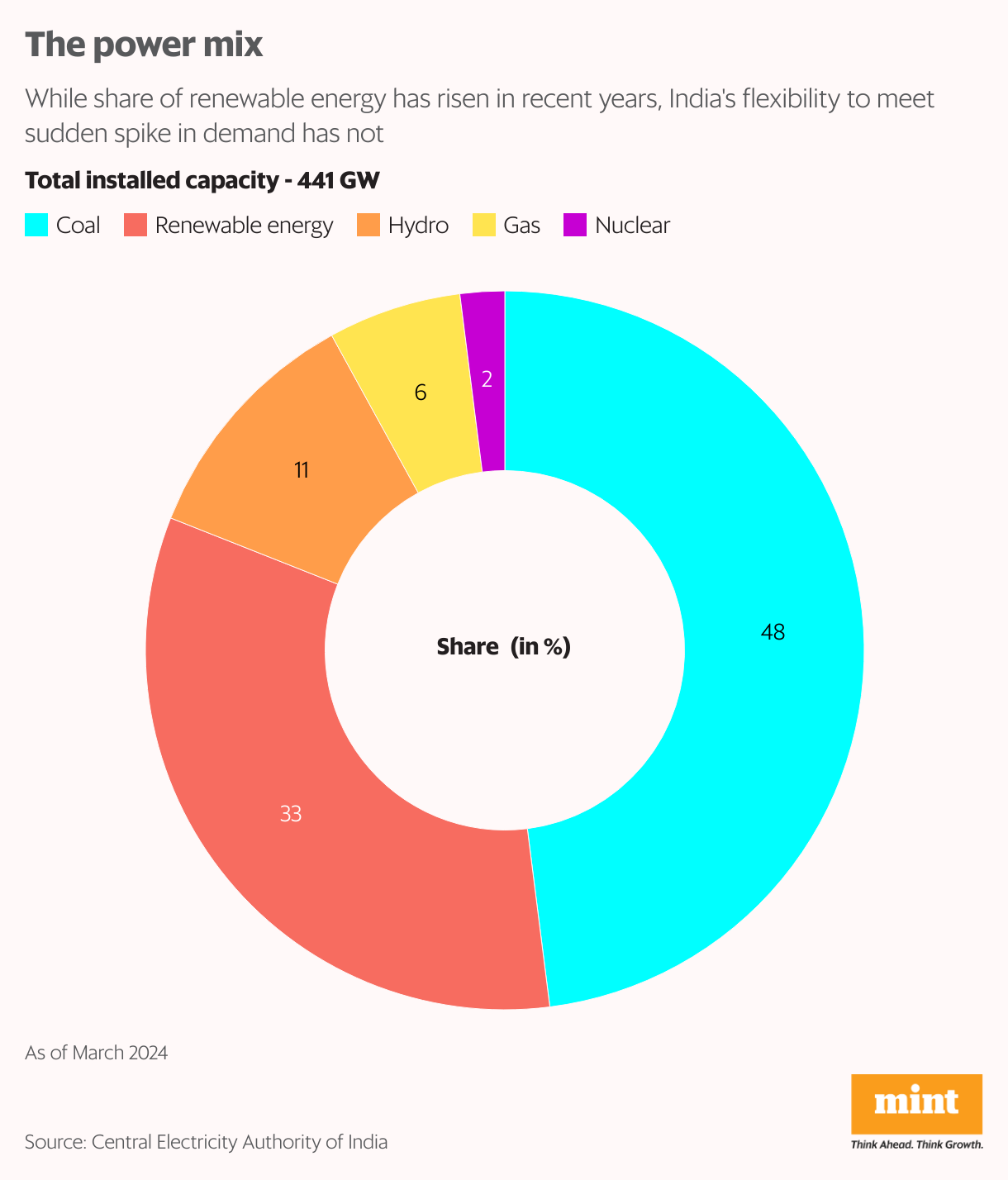In Short:
India is facing a power crisis as electricity demand exceeds supply, with a projected deficit of 14 GW in June, the highest in 14 years. This is caused by delayed projects, low reservoir levels, and above-normal temperatures. The government is taking emergency measures, such as deferring maintenance and fast-tracking projects. To manage this crisis better, India needs to focus on renewable energy and battery storage options. To tackle the power crisis, the government is also considering increasing the use of solar and wind energy, with a long-term goal of shifting towards more sustainable sources. Additionally, the implementation of battery storage options will help in better management of fluctuating energy supply. Simultaneously, the government is investing in budget homes revival to ensure that electricity supply reaches all households, especially in rural and underserved areas.
Oh boy, India is feeling the heat as a scorching heat wave is putting a strain on the power infrastructure. The power deficit in June is expected to be the highest it’s been in 14 years. Let’s dive into what’s causing this, the steps the government is taking, and whether we can avoid a crisis this time.
Is India heading for a power crisis?
It seems that way, considering the projections for electricity demand and supply. Night-time power deficit in June is expected to be the widest since 2010, with demand at 235 GW and supply at 221 GW, leaving a gap of 14 GW. The peak power demand in May touched 229.60 GW, and the intense heat wave is expected to continue for a few more weeks.
Why isn’t supply keeping up?
Delayed projects and low reservoir levels are causing the supply lag. Coal-fired projects have been delayed, hydro power generation is at a four-decade low due to low water levels, and renewable energy output hasn’t compensated for the shortfall. The above-normal temperatures aren’t helping either, and relief is only expected after the South-West monsoon arrives.
Isn’t this crisis an annual affair?
Summer power shutdowns are common in India, but this time, the night-time power shortage is a new challenge. The growth in solar capacity has helped meet daytime demand but hasn’t bridged the night-time deficit.
What steps has the government taken?
The government has deferred power plant maintenance, restarted idle coal-fired units, and allowed imported coal-fired and gas-based plants to operate at full capacity. Thermal power plants have been instructed to work at full capacity, and delayed power projects are being expedited.
Can power demand be better managed?
With India’s growing economy, power demand will continue to rise. Planning capacity additions and having buffer capacity is crucial. Investing in battery storage for solar power and maintaining a balance of thermal, gas-based, and renewable energy sources will help manage sudden demand spikes effectively.






